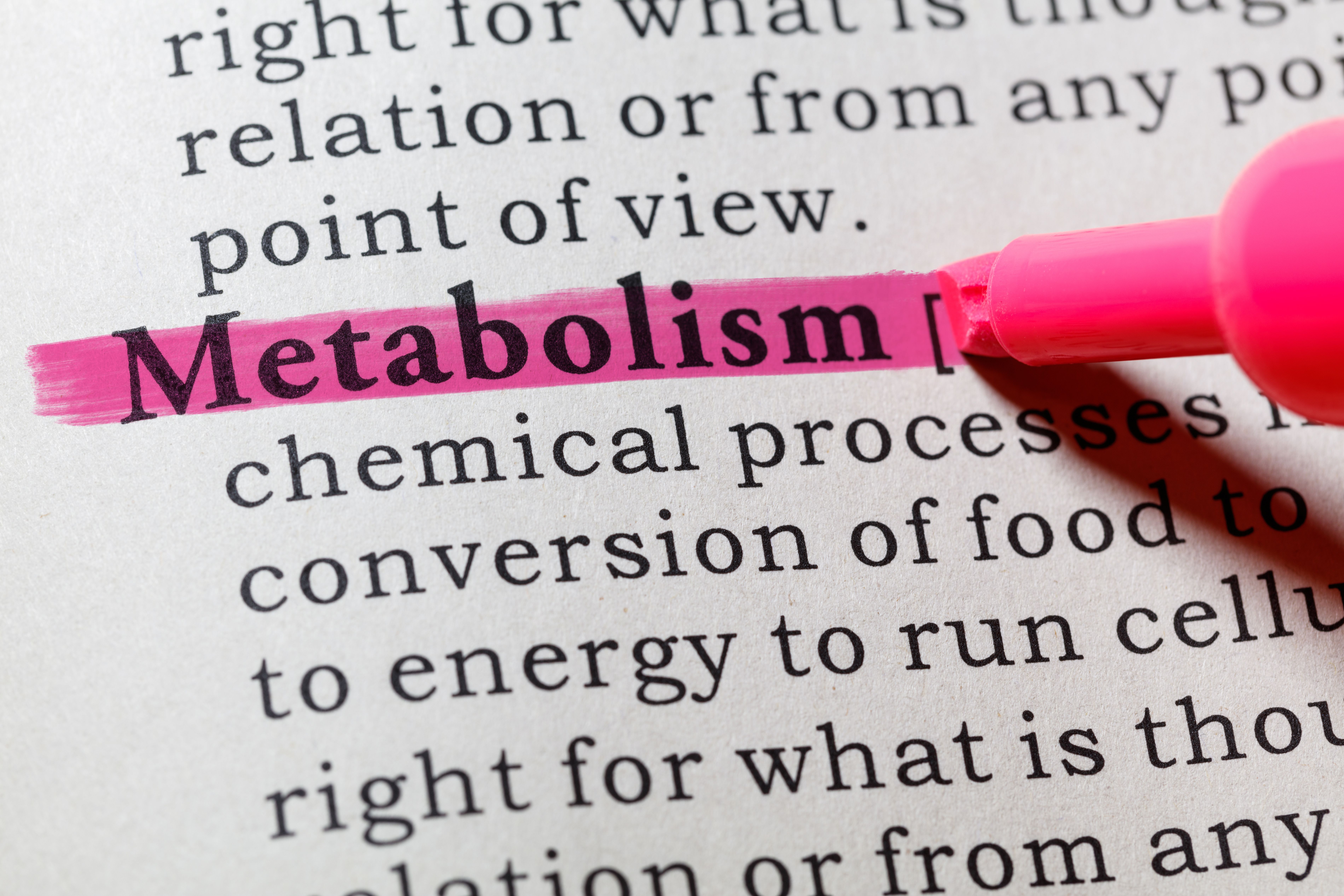LC–MS With Chemical Isotope Labeling Provides Sensitive Analysis of Central Carbon Metabolism Intermediates
A simultaneous, single-run analysis was sought for metabolites of the central carbon metabolism pathway, which is closely related to the occurrence and development of most diseases in humans.
A team of researchers at Wuhan University in Wuhan, China has used the chemical labeling of a pair of aryl diazo stable isotope reagents to assist analysis by liquid chromatography coupled to mass spectrometry (LC–MS) of intermediates in the central carbon metabolism (CCM) pathway, which the team said is one of the most important such systems in all living organisms (1).
definition of metabolism | Image Credit: © Feng Yu - stock.adobe.com

Their study in the Journal of Chromatography A selected d0/d5-2-(diazo-methyl)-N-methyl-N-phenyl-benazamide (2-DMBA/d5-2-DMBA) for chemical derivatization, which the researchers said helped achieve better separation and more accurate quantification in just a single LC–MS run (1). Accuracy has been flagged as a particular challenge in previous analyses of CCM metabolites because not all corresponding stable isotope internal standards (IS) are commercially available, but as defined here, d5-2-DMBA labeling allows for isotope IS and was verified with 22 targeted CCM intermediate standards.
According to this research, CCMs are crucial pathways for energy inside organisms, providing the enzyme nicotinamide adenine dinucleotide phosphate (NAPDH), which is a catalyst for oxidation-reduction (redox) reaction within the body. Quantification of CCM intermediates, including sugar phosphate, coenzyme A (CoA), and mono- and poly-carboxylic acids, is valuable to researchers because the pathway is closely related to the development of such occurrences as cancer and cardiovascular disease (1).
Prior attempts at the simultaneous analysis of these metabolites have experimented with methods such as high performance anion-exchange chromatography–mass spectrometry (HPAEC–MS), but the potassium hydroxide (KOH aqueous) solution used as the mobile phase in this particular HPAEC separation was not compatible with MS; meanwhile, reversed-phase liquid chromatography (RPLC) was demonstrated to improve target analyte retention with the assistance of chemical labeling (1). For this study, diazo reagents were preferred over amino reagents because of the former’s superior reaction activity, which the researchers felt was crucial to the particular analysis of metabolites such as acetyl-CoA, which is an intermediate that links the glycolysis and tricarboxylic acid pathways.
Samples for this study included HEK-239T (human embryonic kidney) cells, mouse kidney glomeruli, Saccharomyces (S.) cerevisiae (brewer’s yeast), and the seeds of rice and Arabidopsis (A.) thaliana (thale cress). Limits of detection ranged from 5 to 36 pg/mL. Among the 22 distinct CCM intermediates detected in the samples, 21 were found in a set of 1000 HEK-239T cells, and 9 were found in optical slice samples of the mouse kidney glomeruli, consisting of anywhere from 10 to 100 cells (1).
The researchers reported good RPLC separation and high sensitivity of MS detection in the single LC–MS run performed here, additionally achieving the objective of chemically labeling acetyl-CoA for the first time in such an analysis of CCM intermediates. With results showing that the insertion of a lycopene gene could impact the pathway of S. cerevisiae, the team said further study would be needed to investigate the metabolic regulation mechanism of lycopene synthesis.
Reference
(1) Li, S.; Chen, Y.-Y.; Ye, T.-T.; Zhu, Q.-F.; Feng, Y.-Q. Chemical isotope labeling assisted liquid chromatography–mass spectrometry method for simultaneous analysis of central carbon metabolism intermediates. J. Chromatogr. A 2023, 1702, 464083. DOI: 10.1016/j.chroma.2023.464083
Investigating 3D-Printable Stationary Phases in Liquid Chromatography
May 7th 20253D printing technology has potential in chromatography, but a major challenge is developing materials with both high porosity and robust mechanical properties. Recently, scientists compared the separation performances of eight different 3D printable stationary phases.
Detecting Hyper-Fast Chromatographic Peaks Using Ion Mobility Spectrometry
May 6th 2025Ion mobility spectrometers can detect trace compounds quickly, though they can face various issues with detecting certain peaks. University of Hannover scientists created a new system for resolving hyper-fast gas chromatography (GC) peaks.
Characterizing Polyamides Using Reversed-Phase Liquid Chromatography
May 5th 2025Polyamides can be difficult to characterize, despite their use in various aspects of everyday life. Vrije Universiteit Amsterdam researchers hoped to address this using a reversed-phase liquid chromatography (RPLC)-based approach.

.png&w=3840&q=75)

.png&w=3840&q=75)



.png&w=3840&q=75)



.png&w=3840&q=75)


